Creativity to Solve Problems: Storytelling to Bring Change
Only artists, writers and actors are creative, right? Not so fast! Creativity is increasingly becoming a high demand business skill at Fortune 500 companies. According to a 2010 IBM study, about 60% of CEOs cited creativity as the most important leadership quality, compared with 52% for integrity and 35% for global thinking.

That’s right, in 2010, creativity became the most important leadership quality for success in business according to 1,500 corporate heads and public sector leaders across 60 nations and 33 industries when asked what drives them in managing their companies in today’s world!
In 2023, a LinkedIn study found that 92% of hiring managers believe that creativity is an important skill and that 75% of hiring managers are more likely to hire a candidate who demonstrates problem-solving skills. That is a seismic paradigm shift for American businesses and recruiters. Hey, creativity, it’s not just for artists anymore!
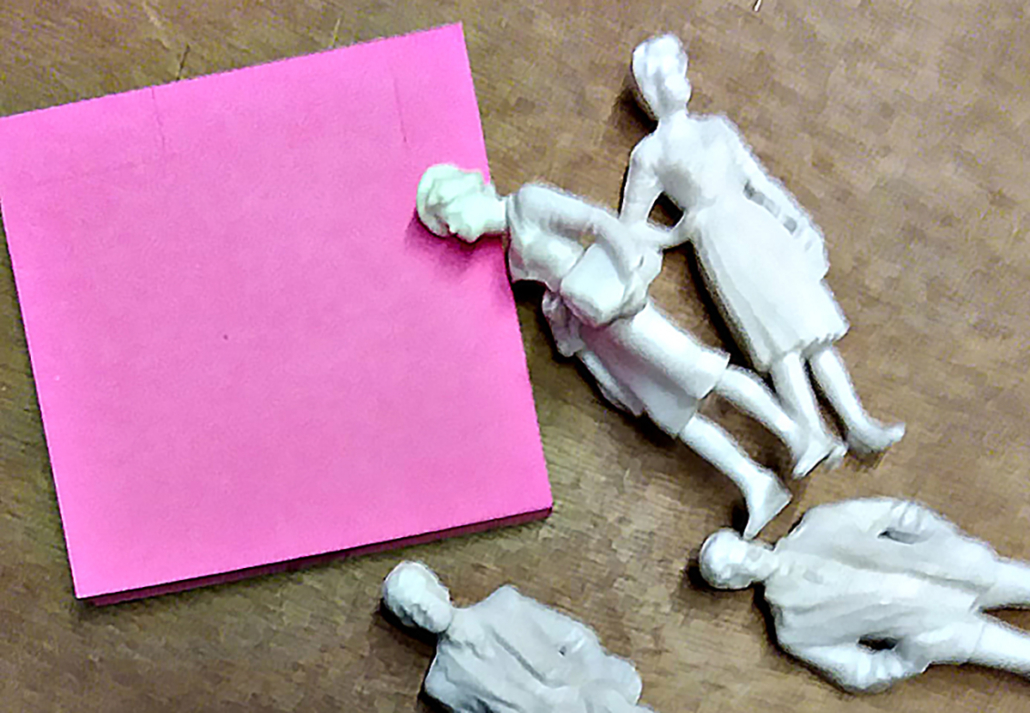
Scandinavian countries don’t necessarily relegate creativity to a limited cohort in the same way. I’ve been working at the Danish Embassy in New York over the past 3 years and have worked with Nordic countries in the US over the last 5 years. In Denmark, for example, creativity is a fundamental application used across disciplines to solve problems. In fact, creativity can be observed as an inherent quality in the layout of the city of Copenhagen, everyday language, education and culture.

Circle Bridge -Copenhagen, Denmark
You may be thinking, sure, ‘Danish design is legendary’, and maybe you envision the classic Arne Jacobsen chair and the Mid-Century Modern style that still define sophisticated spaces to this day. However, you may not realize that design isn’t the only discipline in Denmark where creativity is highly effective.
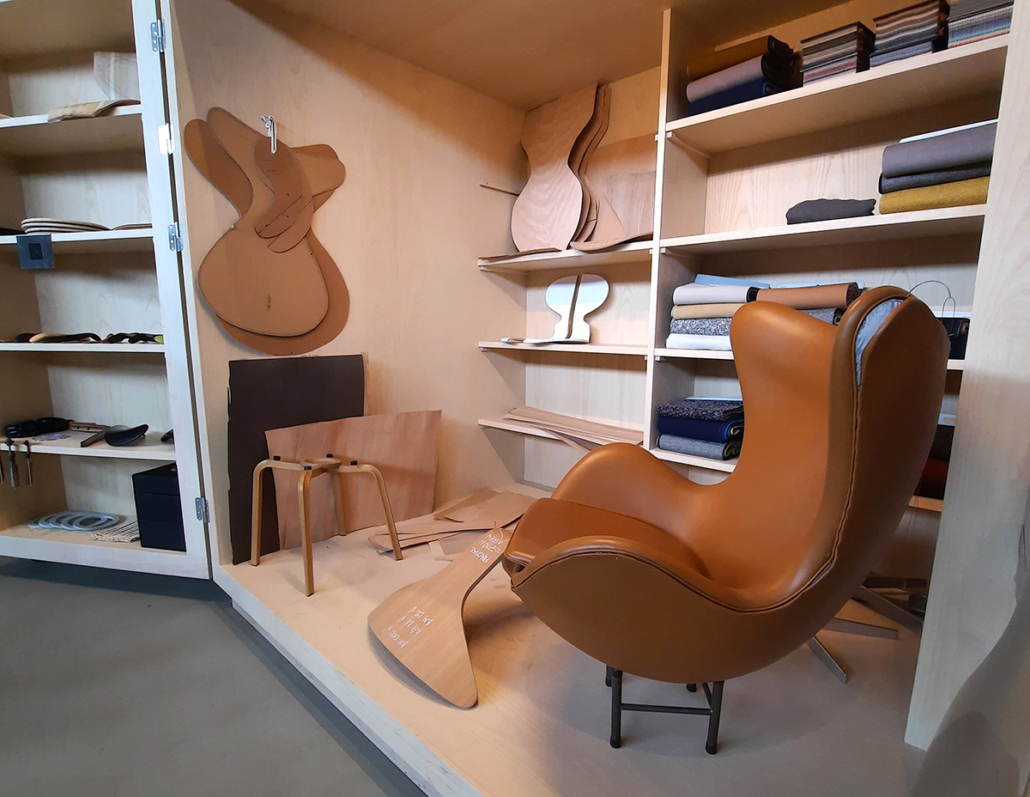
Fritz Hansen iconic Egg chair deconstructed to show process and quality.
In the white paper, “Creativity as a Driver for the Green Transition,” Creative Denmark offers valuable insights into the crucial role that creativity and innovation play in advancing problem-solving for sustainability.
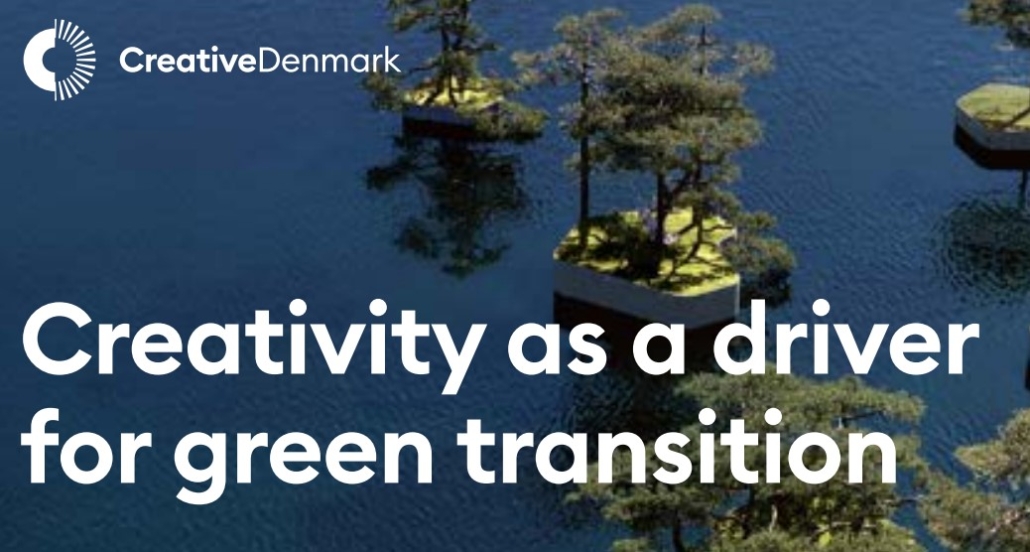
Creative Denmark
Creative Storytelling to Affect Change:
Creativity through storytelling democratizes information so that everyone can participate in a potential solution. The white paper explains how creativity is important to communications and understanding because not everyone responds to economic or scientific language. Someone has to translate academic resolutions to tacit concepts and action points and distribute that understanding to gain momentum.
American marketing and advertising campaigns do this very well. A few examples of campaigns that actually changed behavior and ultimately policy, produce some intriguing examples of creativity to solve problems.
Truth in Tobacco Campaign
Truth in Tobacco Campaign 1998-2003
Do you remember the “Truth in Tobacco” campaign of the early 90’s?
According to Wikipedia, the anti-tobacco Truth campaign was made national by the American Legacy Foundation and ran from 1998 to 2003 with the aim of changing social norms and reducing teenage smoking by highlighting deceptive practices of tobacco companies and facts about the deadly effects of tobacco use.
The campaign designers took a creative storytelling approach to building the strategy by combining marketing with social science research. Their findings revealed that teens were aware of the dangers of smoking but that they aspired to the rebellious and empowering reputation smoking gave them. The campaigns then encouraged teens to rebel against the duplicity and manipulation exhibited by the tobacco companies.
Truth in Tobacco Campaign
The most notable TV commercial for the campaign shows an expanse of teens walking up to a major tobacco company building, then suddenly collapsing as if dropping dead to the ground. A teen standing with a sign reads, “Tobacco kills 1,200 people a day. Ever think about taking a day off?”
Truth in Tobacco Campaign
In studies later evaluating the campaign, lower intentions to smoke as well as anti-tobacco attitudes with higher ad awareness were indicated. It’s no coincidence that in these same years states began to ban smoking in the workplace, restaurants and bars. Currently 29 states in the U.S. have smoking restrictions on public places. It’s a strong case for how storytelling can affect change and ultimately support policy to enable better health for people and the planet.
Truth in Tobacco Campaign
Plastics Make it Possible Campaign 1992-1999
Do you remember the “Plastics Make it Possible” campaign?
According to Plastics Today, “plastics faced a public relations nightmare in the early 1990s, with the material targeted by more than 500 pieces of legislation at the local and state level that sought to reduce its use or ban the material outright. To combat the negative public sentiment that fueled the legislative onslaught, the American Plastics Council (part of the American Chemistry Council) launched a $30 million national advertising and public relations campaign in 1992, with the first television ads on air in 1993 ending with the soon-familiar tagline, ‘Plastics Make it Possible.’” A New Industrial Revolution for Plastics | USDA
Plastics make it Possible Campaign
The video includes a little girl floating over a blue cloud filled sky, holding a plastic bag like a balloon. The child narrator optimistically describes how plastics carry things like groceries, protect eggs and the kneecaps of child skateboarders from breaking. The commercial ends with a tear-jerking hug between a child and an elder who received a lifesaving prosthetic made from plastic. The campaign was incredibly effective.
Plastics make it Possible Campaign
More than 25 years later, we see the results of that campaign’s ability to intercept the limiting policy and escape being banned. Plastics are everywhere, including our oceans. On December 6th, 2017, the UN acknowledged that we have a ‘plastic crisis’ and adopted a (non-binding) resolution calling for an end to plastic entering the sea. See how powerful storytelling can be? Boy, are we really sorry about that one!
Plastics Make it Possible Campaign
Make Due and Mend 1929-1945
And lastly, You may not remember this one, but your great-grandparents’ might. The “Make Due, and Mend” campaign entered its height in 1943 during World War II urging people to repair, reuse and reimagine their existing clothes and textiles.
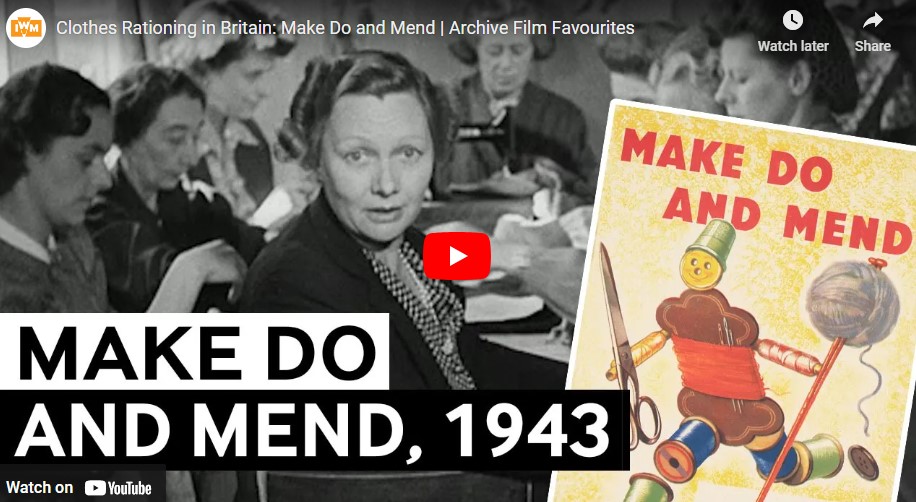
Make Do and Mend Campaign
I remember my great-grandma asking my Mom to send her boxes of our worn out socks to darn and send them back to us. Yeah, socks! Hard to imagine in the world of Amazon isn’t it? She would do that all through the 1980s when textile shortages were clearly no longer an issue. It’s proof that slogans and storytelling make behavioral change possible and, possibly even long lasting!

Make Do and Mend Campaign
Historic campaigns like “Make-Do and Mend” to “Plastics Make it Possible” and the “Truth in Tobacco” have had the power to change policy as well as societal and economic behavior norms around use and adoption, for better or worse. As we know now, the impact of ubiquitously rolling out plastics in every consumable form is a new problem that will take similar campaigning and policy to correct. Creativity can help us begin to solve the problem of circularity in plastics, textiles and other consumable products.

Make Do and Mend Campaign
Circular systems are not even a new concept: There used to be a time when milk and Coca-Cola came in bottles that were washed and returned to the bottling company. Coca-Cola still has a returnable bottle program in Mexico, why not in the US?
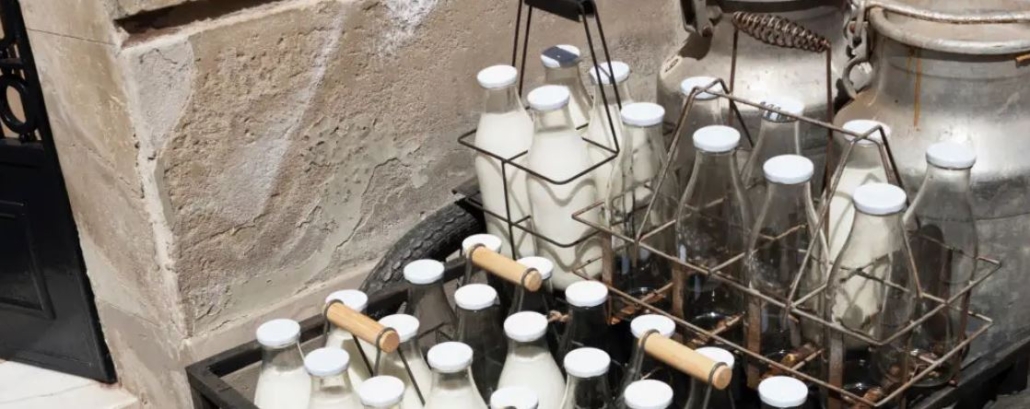
There was a time when cloth diapers were picked up, washed and returned to homes for reuse. There was a time when many households composted food waste with biodegradables and, in some cases, grew their own vegetables. These systems are still being applied in Nordic countries like Denmark, and in Japan.
We need to work towards resolving the world’s problems through creativity and reimagine old solutions for the modern lifestyle where time, price and convenience determine our behavior. Creativity can look at these disparities and build cohesion and innovation around them to drive a path forward and adopt change.
What if companies like Procter & Gamble, Johnson & Johnson and General Mills Inc. committed to circular single use products with refillable bio-materials vessels that are biodegradable but also reusable? How would a mega power like that begin to affect change and advocate for policy through storytelling?
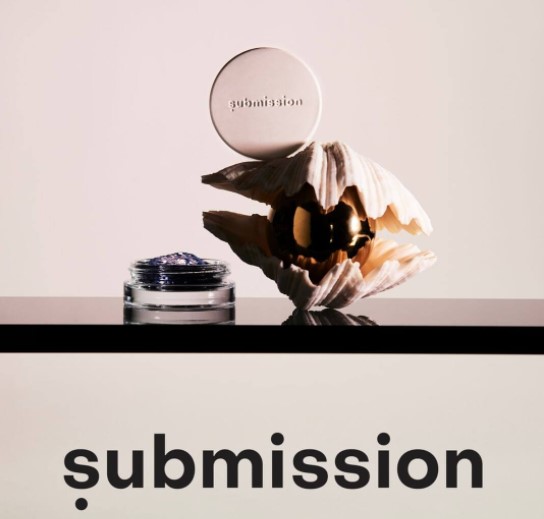
Submission Beauty- No Plastic Body Products
It is challenging, but not impossible for large companies to make circular shifts. For example, Pandora, the world’s largest jewelry company, based in Denmark, has recently committed to using strictly lab grown diamonds made with renewable energy and 100% recycled metals in its products by 2025.

Pandora Lab Grown Diamonds
These are just a few examples of how ‘creativity makes problem solving possible’. How do you use creativity to solve problems? I’d love to hear your story in the comments below.

“Creativity IS the Red Thread to One of Many Possible Solutions” – Garette Johnson




